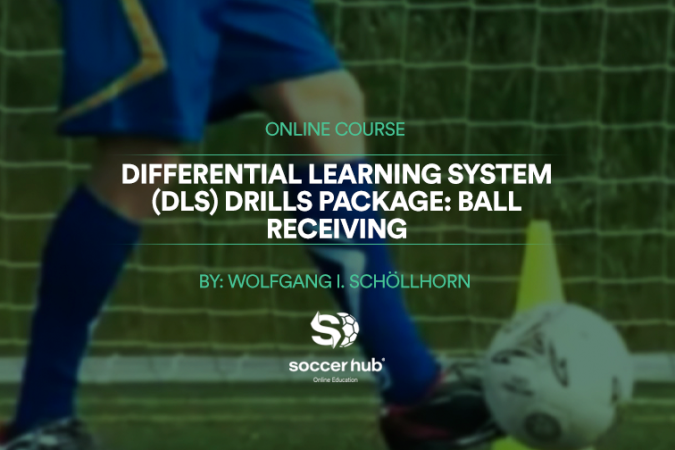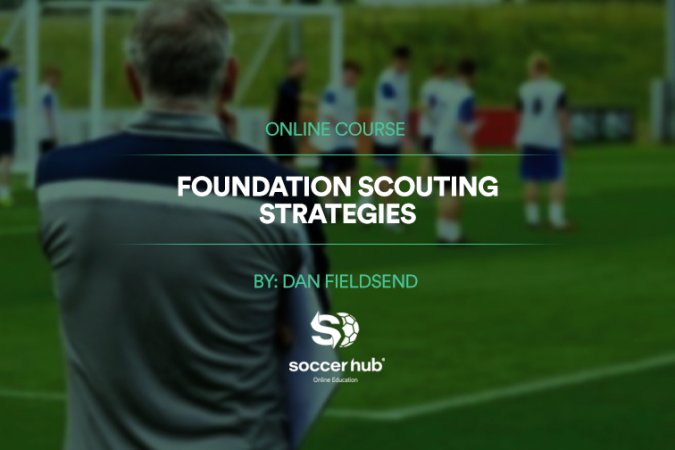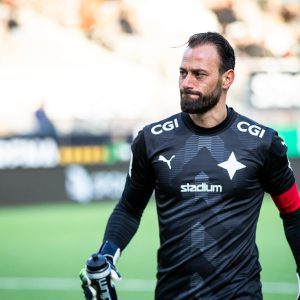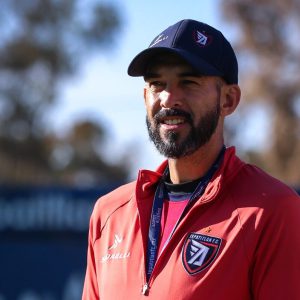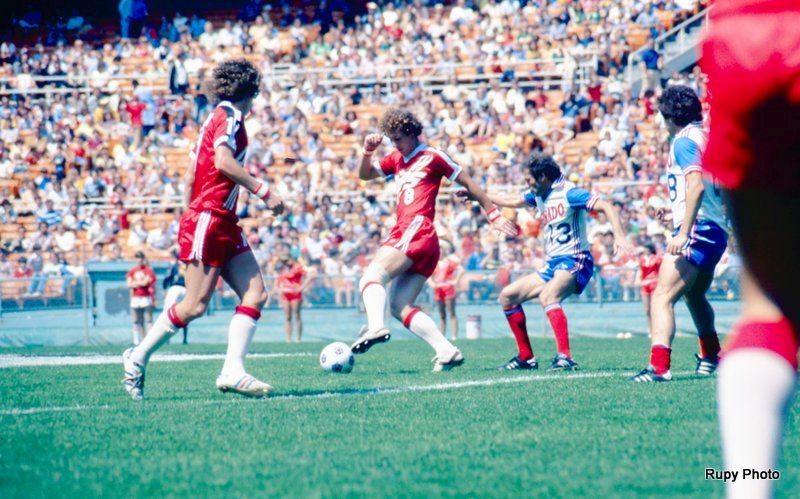

Playing Soccer in the USA
“They are the best. Nobody can organise better; nobody can have the coaches that they have. The relationship, the combination, between sport and business. America has got good things, bad things – but in professional sport, nobody can do better than them.”
For whatever reason, football in America is often the subject of derision from snooty European fans. But this glowing assessment from a ten-time Primeira Liga champion, World Cup semi-finalist and European Cup winner goes against the grain.
It came from Antonio Simoes, Benfica player between 1961 and 1975 before he moved to the United States in his twilight years. Alongside Antonio is Pedro Santos, 32-year-old former Braga player currently plying his trade in the United States with Columbus Crew. Together they would offer some real insight into the culture of football in States.
“All the big players in that time went to the US: Pele, Beckenbauer, Johan Cruyff,” Antonio explains. “At first I said no… Then I realised I could learn a lot of things in the US.”
Pedro explains his route into the game in similar fashion: “I didn’t know about the MLS or about the club, but I spoke with my agent and he told me that it’s gonna be a very good experience in a new country, a new style of play… it’s perfect I am playing well, I am playing every game. It’s a big country, I am learning every day.”
What about the cultural differences that Antonio and Pedro experienced? “I had already been there with Benfica in LA, San Francisco, New Jersey etc. but it’s a different thing when you pack and you go to stay,” says Antonio. “You have to be prepared with how to deal with the society.”
“We go with a contract, not just contract of the game, but contract of life,” he continues. “Learn the language, it’s very important. You can never be involved with society if you do not learn the language”.
“There are several Americas. America is not just one America. You move, you see different Americas.” And Antonio did a fair bit of traveling when he was stateside. He had stints in Boston, San Francisco, New Jersey and Dallas – not to mention his time in Chicago and Kansas when he was playing indoor football in his later years.
Pedro is a newcomer compared to Antonio, but he is flourishing in America. “I don’t know my future, but if I have the opportunity to stay here more years, I will accept. I like the country; I like the mentality and I like the league too.”
How does it compare to football back home? “Portugal is European champion, yes, but our league is very poor. Something is wrong here. We have averaged 6000 people [attendees] per game. In the US it’s 26,000,” Antonio says. Give that football plays second fiddle to traditional American sports – basebasll, basketball etc. – these figures are highly impressive.
One of the main draws that brings fans through the turnstiles in the US is the even nature of the league. The competition is very high,” Pedro explains, “all teams are at the same level. This is what I love about this country – all teams can be a champion.”
But while competition is increased, the US has a deficit in terms of rivalry. Did Pedro and Antonio find this a welcome change from the bombast of European football? “I like rivalry, but good rivalry,” offers Pedro. Speaking about when his team Columbus Crew come up against their rivals, the midfielder continued “we won the game and we stayed on the pitch singing with our fans. The other fans, they stay sitting in the stadium and we don’t have any problems. This is impossible in Portugal.”
With his similar experience of football in the US, Antonio weighed in on Pedro’s experience: “Sport in the US is for everybody – especially for the family, to have fun. If you lose the game, the people are waiting for you and they say ‘Pedro, it’s okay. Next game, you’re gonna win’.”
How do athletes in America compare to in Europe?
“When I went to the US, I was European champion. I had a CV fantastic compared to the others. But they started training, it was shameful for me – I could not stretch! I was the worst player on the field, I could not move. I move with the ball yes, but I only heard about stretching in 1975; I never did it in my life.” Things have changed beyond recognition since Antonio’s heyday.
More content at www.hub-soccer.com
Follow us on Facebook!
Categories
Latest Courses
-
9 Lessons
-
1 Lesson
-
6 Lessons
You May Also Like
- Blog
- August 1, 2022
- Blog
- June 3, 2022
- Blog
- May 27, 2022
Developed by Brandit Digital Media Services.

